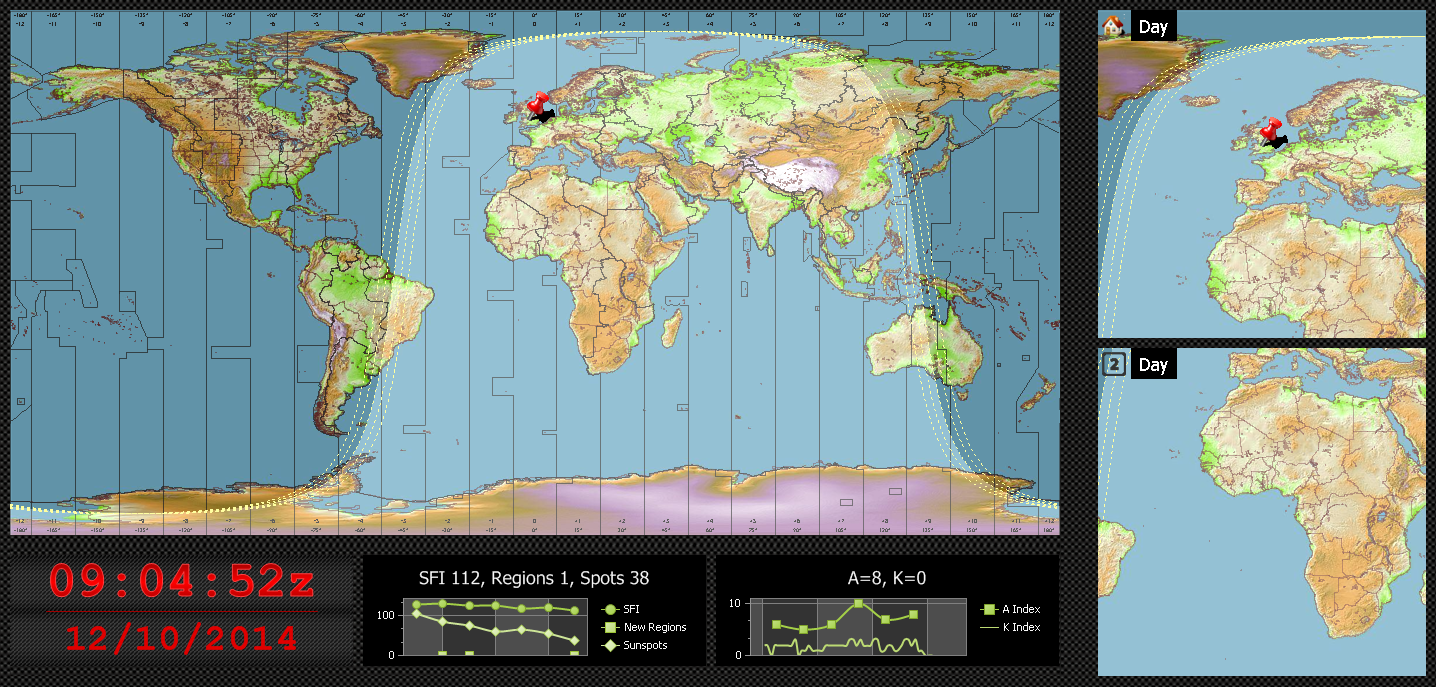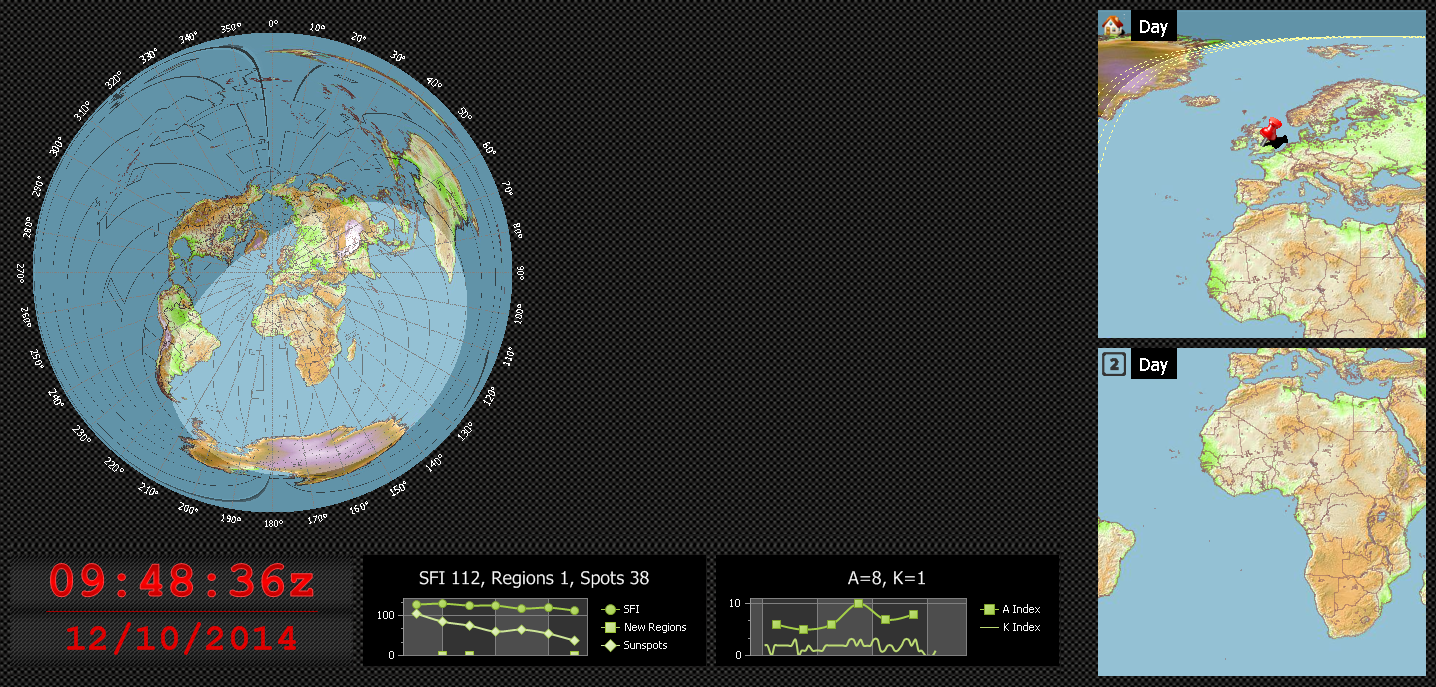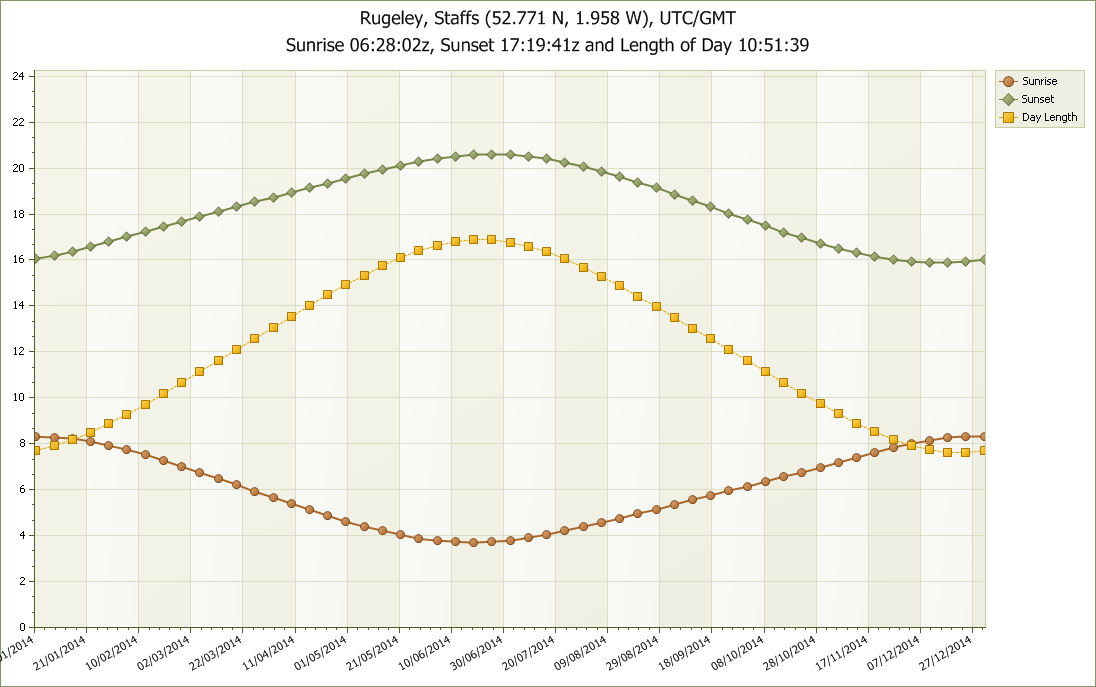 Solar Cycle 25 Predictions
Solar Cycle 25 Predictions
It has been notoriously hard to predict future solar cycles, but the science is improving all the time. Right now, the experts are predicting that solar cycle 25 will be very small indeed. Some think we are moving towards another Maunder Minimum when solar sunspots all but vanish for around 50 years. If so, most of us alive now will never experience “good” HF conditions ever again in our lifetimes. Experts can be wrong!
On a positive note, poor solar activity often means the lower frequency bands are better. With some luck, we may have a new international contiguous band at 60m in a few years’ time. This depends on WRC2015.
Regarding cycle 24, it looks like the peak was Feb 2014.
See http://www.solen.info/solar/ .
Roger Lapthorn, G3XBM, is a regular contributor to AmateurRadio.com and writes from Cambridge, England.
 Simple 10m rigs
Simple 10m rigs
As 10m slides to the “quieter years” of the solar cycle it will soon be time to look again at using this band for local communications. It makes an ideal band to natter across town and I still think a 10m Fredbox is worth a go. The receiver, a simple super-regen is extremely simple, very sensitive with a simple RF amplifier, but lacking in selectivity so would NOT be useful when the band is busy. At night time in the quieter years it would be perfectly fine. The alternative is a simple 10m DSB rig, which would be compatible with SSB transceivers.
At the moment, my poor health is stopping me doing both of these projects.
See https://sites.google.com/site/g3xbmqrp3/hf/10m_op?pli=1 .
See https://sites.google.com/site/g3xbmqrp3/hf/tenbox .
See https://sites.google.com/site/g3xbmqrp3/hf/10msimple_sb .
Roger Lapthorn, G3XBM, is a regular contributor to AmateurRadio.com and writes from Cambridge, England.
 Fredbox schematic
Fredbox schematic
 |
| Fredbox 2m AM transceiver |
The Fredbox was my design for a 10mW AM transceiver for 2m use back in the 1970s. It was rebuilt a few years ago and a 6m version was spun off. The same basic approach would work on 10m and 4m too, but I have not completed versions for these bands.
Even 2m 10mW AM was enough to work across the English Channel handheld on 2m and the 2m Fredbox made several 60 mile handheld QSOs . For quite a while it was used to natter across town in Cambridge. The Fredbox was named in honour of local Fred G8BWI back in the 1970s.
The Fredbox and Sixbox have appeared in G-QRP SPRAT and in Practical Wireless mags. The schematics also appeared in several foreign language magazines too. The circuits are basic and certainly capable of being improved.
See https://sites.google.com/site/g3xbmqrp3/vuhf/fredbox.
See https://sites.google.com/site/g3xbmqrp3/vuhf/sixbox .
Roger Lapthorn, G3XBM, is a regular contributor to AmateurRadio.com and writes from Cambridge, England.
 New software!
New software!
The new software is called Simon's Greyline and is a FREE download without any restrictions.
Latest version is Build 157 and is available from http://www.dit-dit-dit.com/Downloads.aspx
As I said before the software is"slowly emerging", so I expect more modules and additions to appear over time.
Here are screenshots from my system which the software allows you to produce via a press of a simple Icon at the top of the main Toolbar.
Currently the main screen shows a Map with Greyline and QTH info, with optional side panes, clock, solar data and geomagnetic data windows to the main display. Different configurations are available, you will just have to have a play around with what suits your mood.
From the top of the Toolbar there is a sub menu marked "More" which will then call up three other graphical sub screens via their seperate Icons.. Geomagnetic indices, Solar Data, and Sunrise & Sunset as below:
Geomagnetic data
Solar Data
Sunrise Sunset
This is a great addition to the shack desktop, for those who require up to date Sunspot and Solar flux Data. I currently have it loaded on a Windows 7 (32) package, but I expect it will work on XP and anything upwards without any problems.
Give it a try and have a play and see what you think?
Steve, G1KQH, is a regular contributor to AmateurRadio.com and writes from England. Contact him at g1kqh@arrl.net.
 QRP kits search on eBay
QRP kits search on eBay
See http://www.ebay.co.uk/sch/i.html?_nkw=qrp+kit .
Occasionally I look on eBay to see what is on offer. Searching for “QRP kits” throws up quite an interesting selection of stuff, much of it only available by eBay and not otherwise advertised. Some of these items are good bargains.
Touch wood, I have never yet had a bad experience on eBay when buying or selling. Mind you, I would be very careful and not spend too much. Some dealers are good (the vast majority) but there are always a few “bad eggs”.
Caveat emptor.
Roger Lapthorn, G3XBM, is a regular contributor to AmateurRadio.com and writes from Cambridge, England.
 630m Crossband Activity Night Reminder
630m Crossband Activity Night Reminder
Just a reminder about the 630m Activity Night coming up at the end of this month. You may recall the details in an earlier blog. I think the most exciting thing about this evening will be the opportunity to try to make a crossband CW contact between one or more of the three participating Canadian stations, hopefully covering both ends of the country:
- VO1NA - Joe, in Torbay, Newfoundland. Joe will transmit on 477.7 kHz starting at 2130Z Oct 31 and will continue until 0130Z Nov 1. He will listen for callers on 3562 kHz and 7062 kHz.
- VE7BDQ - John, in Delta, B.C. John will transmit on 474.0 kHz starting at 0100Z and will continue until 1000Z on Nov 1. He will listen for callers on 3536 kHz.
- VE7SL - Steve, on Mayne Island, B.C. I will transmit on 473.0 kHz starting at 0200Z and will continue until 0600Z on Nov 1. I will listen for callers on 3566 kHz and 7066 kHz.
Joe should have pretty good coverage of the east coast with his fine antenna system, shown above.
Please note that, at present, the 'crossband activity' is planned for Friday evening only since Saturday night's CW Sweepstakes Contest will make HF listening more difficult.
All stations will either call CQ or run “VVV” marker beacons while listening on their respective HF receive (QSX) frequencies, which will be included in the CQ or marker beacon message.
Also know that it is completely legal for U.S. and VE amateurs to contact Canadian amateurs via the crossband mode. Unfortunately, it is not possible to contact those stations that may be operating in the Experimental Service and not using an amateur radio callsign.
For additional information, please see the ARRL's description of the event.
Remember that you don't need a fancy antenna to listen on 630m. One of your HF antennas, fed as a 'longwire', will probably do the job....even better if you can tune it to resonance.
I will blog another reminder just before the event. We all hope that you can be there!
Steve McDonald, VE7SL, is a regular contributor to AmateurRadio.com and writes from British Columbia, Canada. Contact him at ve7sl@shaw.ca.
 Stocking up!
Stocking up!
Infact the price was so good, I ordered 5000 they arrived here in less than a week direct from China.
http://www.banggood.com/Wholesale-New-Best-selling-2500-PCS-50-Values-1-Or-4W-0_25W-1-Pencent-Metal-Film-Resistor-Kit-p-40424.html
Steve, G1KQH, is a regular contributor to AmateurRadio.com and writes from England. Contact him at g1kqh@arrl.net.






















